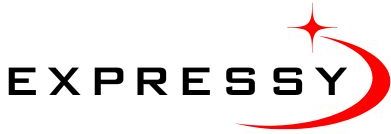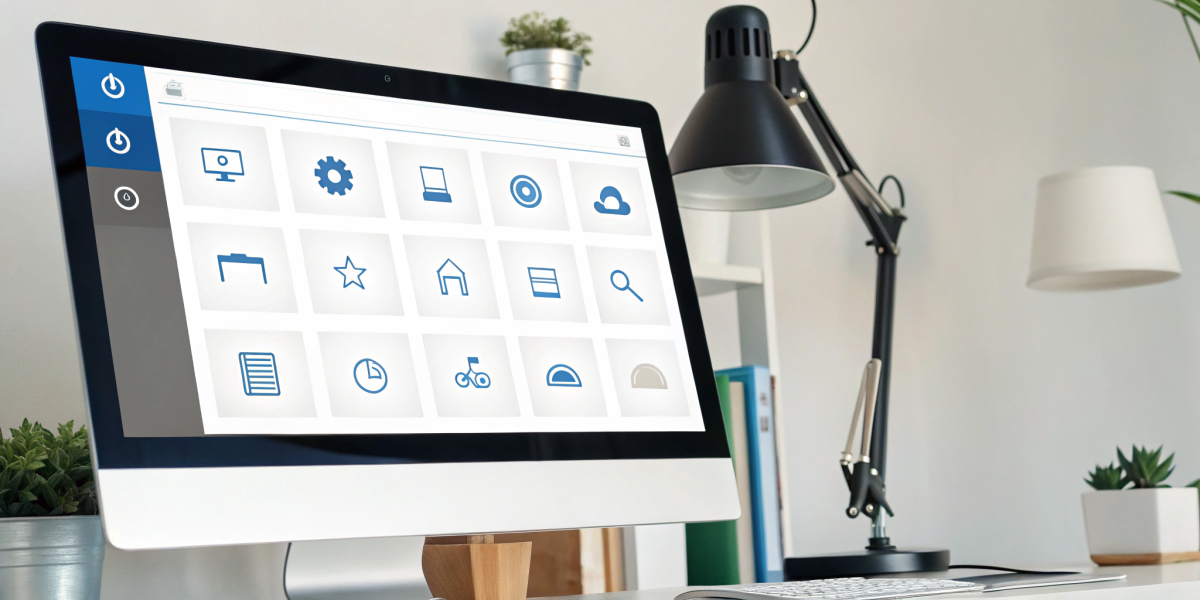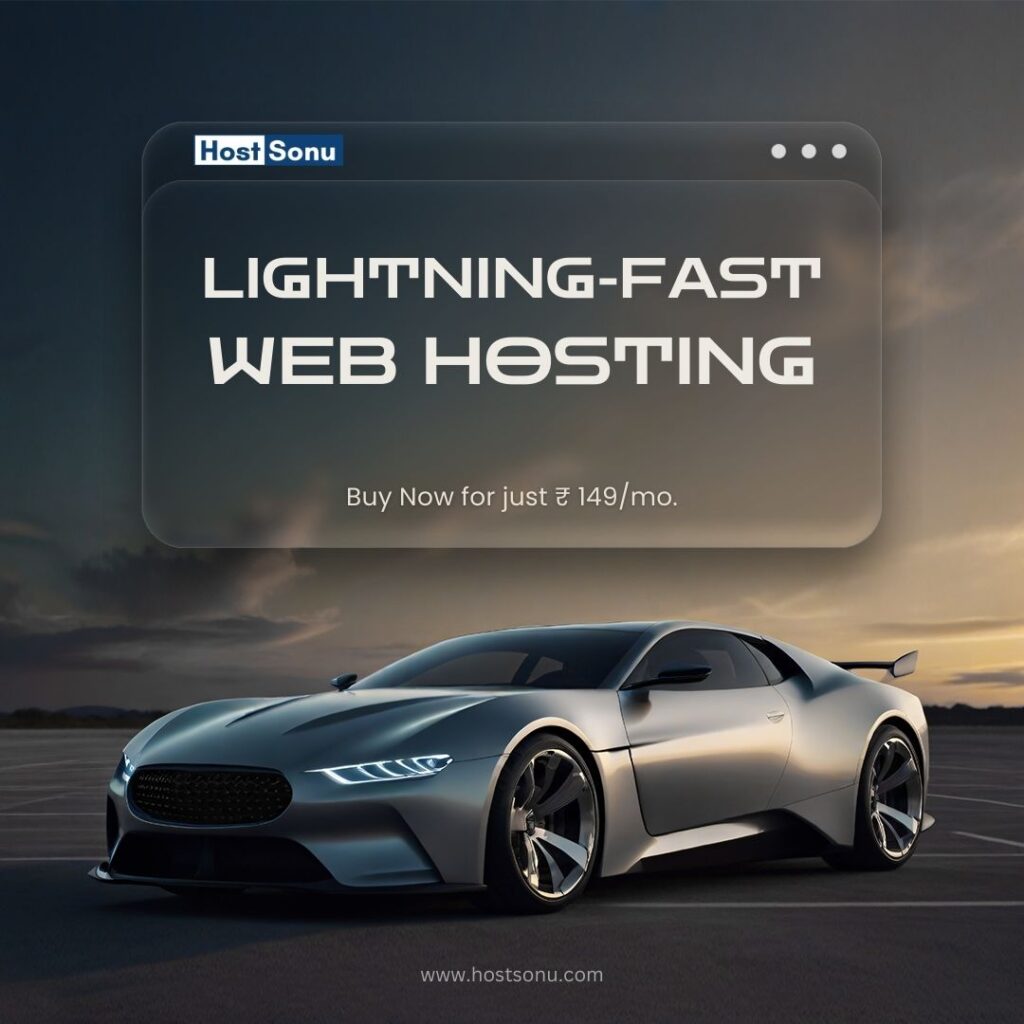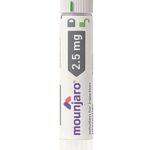In today’s fast-paced world, businesses are continually looking for ways to streamline their operations and improve efficiency. One tool that can help you achieve this goal is CMMS maintenance software. If you’ve been searching for a solution to improve asset management, enhance productivity, and reduce downtime, this software might be the answer you need.
In this article, we will explore how a computerized maintenance management system works, its impact on your workflow, and why it is a game changer for businesses across various industries. Additionally, we will touch on how EAM software works alongside CMMS to create a seamless maintenance process.
What Is CMMS Maintenance Software?
A computerized maintenance management system stands for Computerized Maintenance Management System. It is designed to assist businesses in managing and maintaining their assets more efficiently. CMMS software provides a centralized platform where companies can track maintenance schedules, monitor equipment performance, and ensure that all assets are in optimal working condition.
Unlike traditional methods of managing maintenance, such as spreadsheets or paper logs, a computerized maintenance management system digitizes the entire process, allowing businesses to have real-time visibility into their operations. This ensures proactive maintenance rather than reactive, which can save time and reduce costs in the long run.
How CMMS Maintenance Software Works?
The core function of a computerized maintenance management system is to monitor and track asset maintenance activities. It helps businesses organize and schedule maintenance tasks, ensuring that they are completed on time and efficiently. The software typically allows users to:
- Schedule preventative maintenance tasks
- Track equipment history and performance
- Manage work orders and assign tasks
- Monitor inventory levels for spare parts
- Generate reports for performance analysis
With a computerized maintenance management system, you can stay ahead of potential issues before they turn into costly breakdowns, which ultimately improves your business’s workflow and minimizes downtime.
How Enterprise Asset Management Software Fits In?
While a computerized maintenance management system focuses on managing the maintenance of your assets, EAM software takes it a step further. It integrates asset management into your entire business operation. By managing all aspects of the asset lifecycle from acquisition to disposal, EAM helps you track and manage every aspect of your assets from start to finish.
When you combine a computerized maintenance management system with EAM, you gain a comprehensive view of your asset performance. This helps your business make informed decisions about asset investments, replacements, and retirements. The integration allows you to automate tasks, monitor asset performance in real time, and ensure that you are getting the maximum return on your assets.
Streamlining Operations with EAM Software
Asset management system integrates seamlessly with a computerized maintenance management system to create a more cohesive approach to asset management. For example, when an asset requires maintenance, CMMS software can trigger a notification within the enterprise asset management system to schedule and manage repairs. This improves efficiency by preventing redundant processes and manual data entry.
For businesses that use enterprise Asset Management Software in USA, this combination is especially important as it allows companies to manage their operations across different locations with consistency, providing one central point of control for asset management.
The Benefits of CMMS Maintenance Software in Your Workflow
1. Reduced Downtime and Increased Efficiency
One of the most significant benefits of a computerized maintenance management system is its ability to minimize equipment downtime. By scheduling regular maintenance and keeping track of each asset’s condition, businesses can reduce unplanned downtime and extend the life of their equipment. This leads to improved productivity and fewer disruptions in the workflow.
Additionally, a computerized maintenance management system automates tasks such as work orders, inventory tracking, and maintenance scheduling. This means fewer manual tasks for your team, allowing them to focus on more important aspects of their jobs. The result? A more efficient and productive workforce.
2. Cost Savings on Repairs and Maintenance
Preventive maintenance is far less expensive than emergency repairs. With a computerized maintenance management system, businesses can shift from reactive to proactive maintenance. By scheduling maintenance tasks in advance, you ensure that potential issues are addressed before they lead to costly breakdowns.
With automated tracking and reporting, you can also identify areas where your maintenance budget can be optimized. For example, if certain assets require more frequent repairs than others, you can plan for their replacement instead of investing in ongoing fixes.
3. Improved Decision Making and Reporting
Another significant advantage of a computerized maintenance management system is its ability to generate detailed reports on asset performance, maintenance history, and costs. These reports provide valuable insights that can guide decision-making and improve the overall management of your assets.
Whether you’re looking to assess the performance of a single piece of equipment or analyze trends across your entire fleet, a computerized maintenance management system can help you make data-driven decisions. This enables you to optimize your asset management strategy and invest in the right areas for your business.
CMMS Software and Enterprise Asset Management Solutions
Integrating a computerized maintenance management system with enterprise asset management solutions allows businesses to track their assets throughout their entire lifecycle. From procurement to disposal, these systems work together to provide a clear view of asset health, maintenance needs, and associated costs.
By using an asset management system in the USA, businesses can manage large-scale operations more effectively. You can track asset utilization, monitor depreciation, and ensure compliance with industry regulations—all within one platform.
How do CMMS and EAM Solutions Work Together?
When computerized maintenance management systems and enterprise asset management solutions are integrated, businesses gain several key benefits:
- Real-time asset data tracking across multiple locations
- Automated maintenance scheduling and tracking
- Centralized reporting and decision-making tools
- Enhanced collaboration between maintenance and asset management teams
This seamless integration creates a more cohesive maintenance process, improving your team’s ability to manage both reactive and preventive maintenance tasks.
Why Computerized Maintenance Management System Is a Must-Have for Your Business?
If you haven’t yet adopted a computerized maintenance management system, you could be missing out on significant efficiency gains. By implementing this software into your workflow, you can streamline maintenance processes, reduce costs, and extend the life of your assets.
For businesses looking to take it a step further, integrating an asset management system can enhance asset tracking and lifecycle management, creating a truly efficient workflow. Together, these tools can revolutionize your maintenance operations, offering benefits that extend across your entire business.
Conclusion
In conclusion, adopting a computerized maintenance management system can revolutionize your workflow by improving asset management, reducing downtime, and increasing efficiency. When paired with enterprise asset management software, it creates a powerful solution for businesses to manage their assets, optimize costs, and streamline operations. Whether you’re operating in the USA or globally, integrating both systems offers a comprehensive approach to managing your assets.
Ready to optimize your business workflow with MicroMain’s CMMS maintenance software? Start your journey today and experience the benefits of seamless asset management across your operations.












